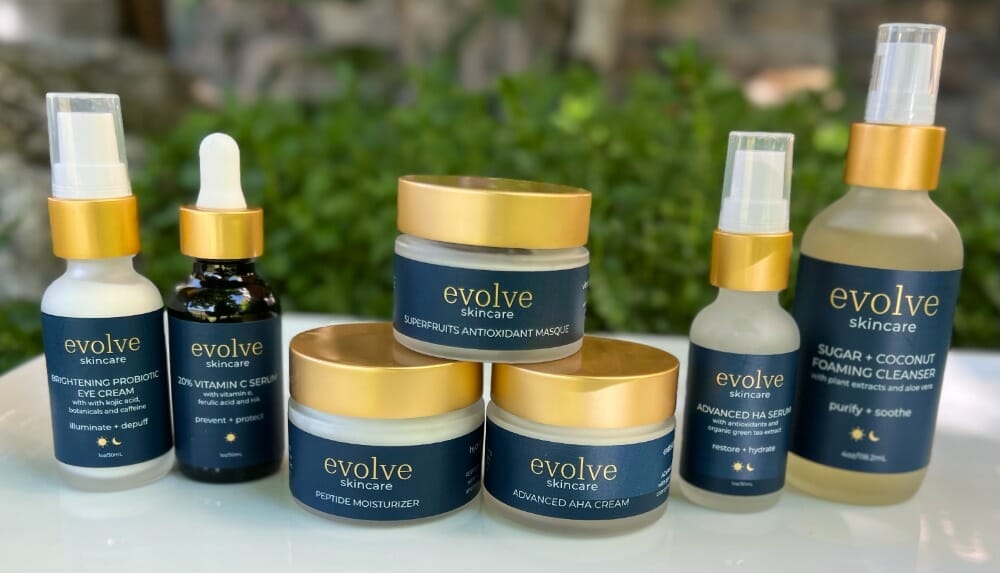
Is There a Correct Order to Apply Your Skincare Products?
Is There a Correct Order to Apply Your Skincare Products?
THE ANSWER IS YES!
Don’t you just love the right product that makes your skin feel soft and smooth? Or even better, one that is full of antioxidants or a sheer zinc-based product that protects you from the harmful rays of the sun? But if your routine has two or three or five products it can be tough to decide which goes on first (or second or third)!
WHY DOES THE ORDER YOU APPLY PRODUCTS MATTER?
You want to be sure your products to penetrate into your skin and do what they are meant to do. This can be a problem if you’re putting thin, fluid or water-based products on top of thick, creamy or oily ones. The richer products will form a barrier on your skin that will prevent the other products from getting through.
This in turn can make your products less effective. If certain products aren’t able to absorb into your skin properly, you’re likely not getting their full benefits.
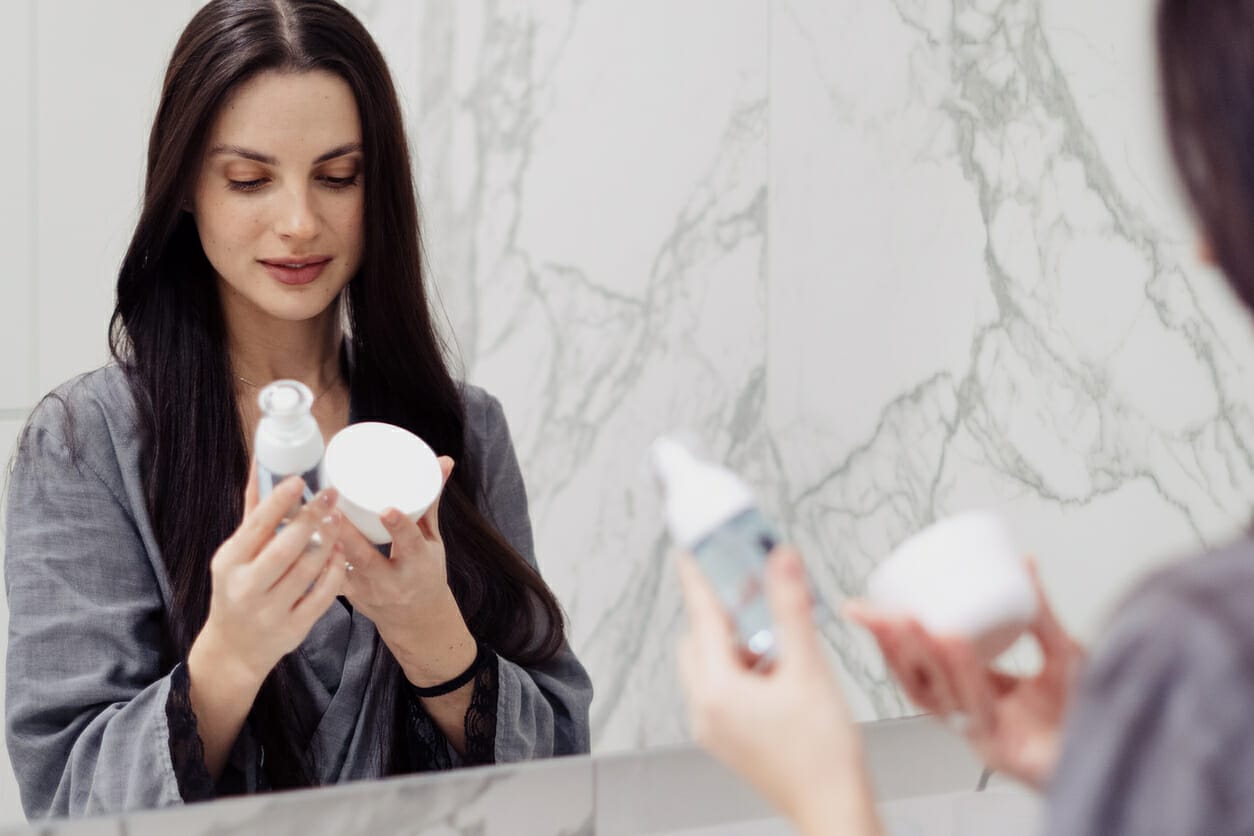
HERE ARE THE BASICS…
Water-based before oil-based products:
Start with your water-based products, such as toners and serums. Heavier, more moisturizing creams and oils come next, followed by sunscreen.
This makes sense because as we all know, oil and water don’t mix. Oil acts as a barrier and will block a water-based product from penetrating into your skin.
Thinnest to thickest texture:
Apply lighter products before heavy ones.
If you have a couple of water-based products or serums they can be layered on top of each other, and there shouldn’t be an issue with the penetration of one versus the other. When applying your moisturizing oil-based products begin with lighter lotions, then thicker moisturizers followed by oils.
In other words, apply those water-based products in any sequence you like, then oil-based products afterward. Think of oil-based products as the icing on the cake!
WHAT IF YOU USE A TOPICAL PRESCRIPTION MEDICATION?
Once you throw prescription medications into the mix, application order becomes more important. Topical prescriptions such as retinoids, steroids, and antibiotics beat out cosmetic products every time, and you need to ensure you’re getting the full dosage of your topical medication. Any topical medication that has been prescribed for you should go on first after you cleanse (and tone – if you use a toner) because medicines are absorbed best when the skin is damp, and when there’s nothing between the skin and the medicine.
Applying a serum or moisturizer before a topical prescription medication basically dilutes your medication. That said, if you’re using something that’s known to be irritating (such as a retinoid, like retinol or Retin-A/tretinoin), and you have sensitive skin, I recommend mixing it with your moisturizer or putting it on after moisturizer to soften the blow a little.
An important side note that also pertains to prescription retinoids, is that some over-the-counter active ingredients can interfere with the effectiveness of retinoids when used during the same routine. In particular, benzoyl peroxide can deactivate certain retinoids when used at the same time. If you use any benzoyl peroxide product and a retinoid, apply one in the morning and one at night.
WHAT ABOUT SUNSCREEN?
Most medical experts and scientists agree that sunscreen is always the final step in your daytime skincare routine. This is exactly how sunscreens are tested to earn their SPF rating: Nothing goes over them. Any skin care product you apply over a sunscreen dilutes and reduces its effectiveness.
Sunscreens are divided into two camps, physical and chemical. They work in two different ways, like a sponge or like a shield.
-
Physical sunscreens contain minerals (like zinc oxide and titanium dioxide) that create a barrier on your skin to block out harmful rays.
-
Chemical sunscreens (look for ingredients like oxybenzone, avobenzone, octisalate, octocrylene, homosalate, or octinoxate) absorb the sun’s rays.
When you mix your SPF with another medium like moisturizer, you run the risk of diluting your sunscreen’s effectiveness or canceling it out altogether.
I know I said oils go on last, but technically, sunscreen is the absolute last step. Your other products are working to penetrate and treat your skin, but sunscreen does not need to penetrate into your skin. It’s there to protect your face and act as armor against the outside world.
Just make sure you are using an SPF of 30 or higher!
CAN MAKEUP GO OVER YOUR SUNSCREEN?
It is true that a foundation or tinted moisturizer will hide imperfections or discolorations on your skin best if it is the last thing you apply. I’m often asked if applying foundation that doesn’t contain sunscreen over the sunscreen you’ve just applied will diminish the sunscreen’s ability to protect skin. It won’t if you follow these guidelines:
- Wait 3–5 minutes for the sunscreen to set before applying foundation.
- Apply the foundation in smooth, downward motions (no rubbing back and forth). You can also use a sponge or brush to gently press the foundation on.
- Do not use excess pressure or over-blend.
DO YOU WANT TO AVOID MAKEUP ALTOGETHER? THEN USE A TINTED SUNSCREEN OR A CC CREAM WITH SPF TO DO BOTH JOBS AT ONCE!
Here are some of my favorites:
HERE IS THE RUN-DOWN STEP-BY-STEP:
(AND IT DOESN’T MEAN THAT YOU NECESSARILY NEED ALL OF THESE STEPS)
Step 1: Cleanse and/or exfoliate. You can learn more about exfoliating here.
Step 2: Use a toner, spray or essence
Step 3: Apply eye cream
Step 4: Use any topical prescriptions or spot treatments
Step 5: Apply antioxidant serum or retinol/Retin-A/tretinoin (night only)
Step 6: Apply moisturizer (thinnest to thickest)
Step 7: Apply face oil
Step 8: If in morning – apply your SPF/sun protection. Learn more about sun protection here.
Step 9: If wearing – gently apply makeup as to not disturb SPF
MORNING VS NIGHT?
Best to focus on products that “protect” your skin—SPF, primers, BB and CC creams—for the morning time, and “correct” your skin in the night, such as heavier moisturizers and retinol products. The “correcting” or treatment products will stay on your skin longest with nighttime application. And your skin needs the protective products during the day to help fight against damaging sun rays and pollutants.
BTW – antioxidant serums both protect and correct, so they can be used morning or night! I use a vitamin C serum (Evolve 20% Vitamin C Serum) in the morning and Evolve HA serum twice a day.
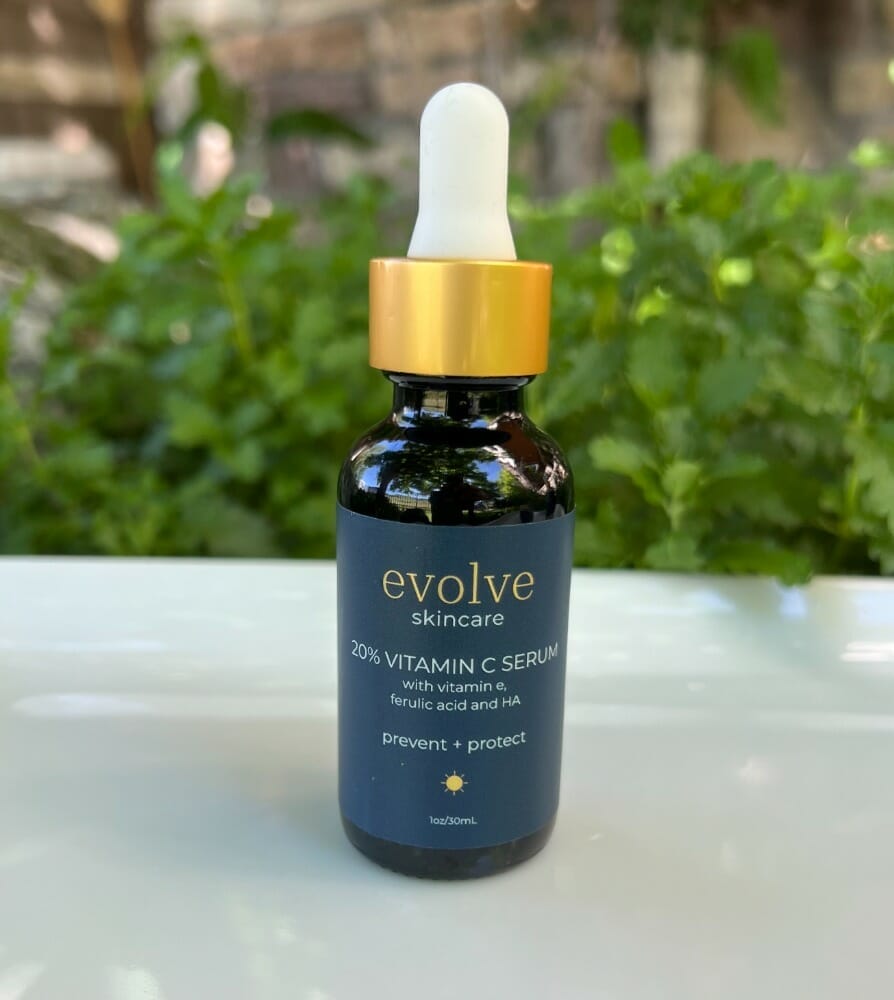
Evolve 20% Vitamin C Serum
(with ferulic acid, vitamin e, and botanical HA)
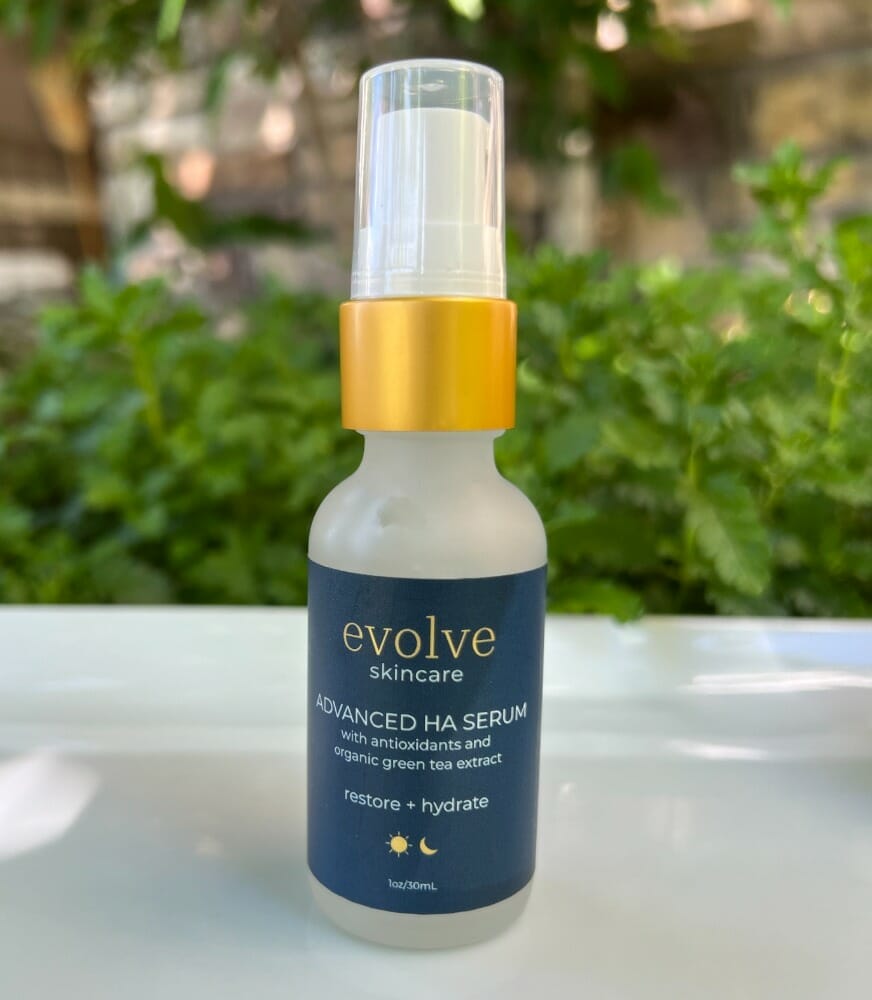
Evolve Advanced HA Serum
(with antioxidants and organic green tea extract)
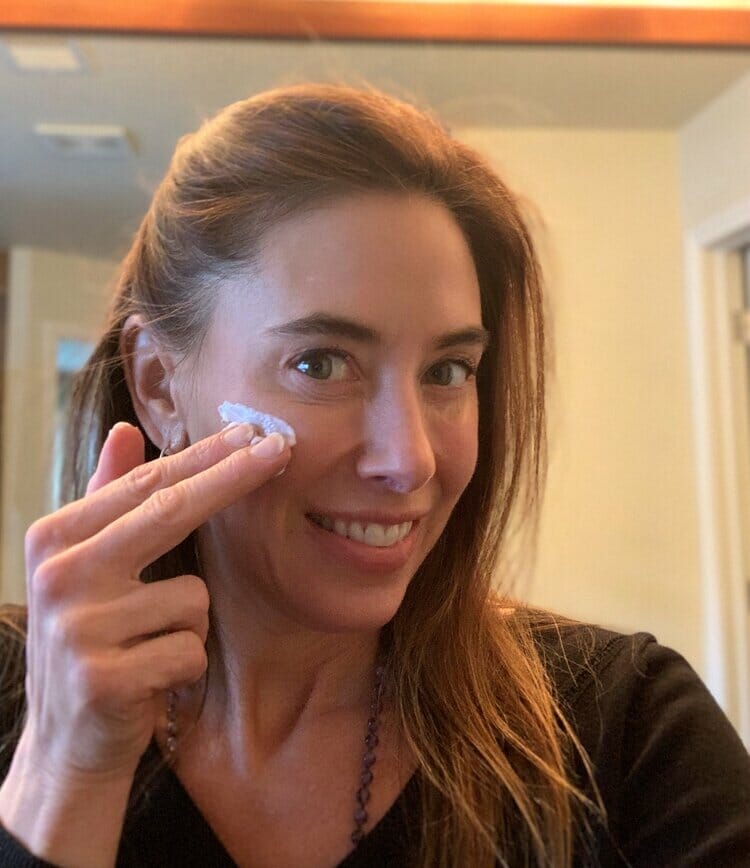
Pauli Morrow, MMSc, PA-C
The bottom line…
Using skin care products should be gratifying and make you feel good about your skin! Don’t stress about it too much, sticking to a precise application order ultimately won’t make or break your skin-care routine.
If you are using a prescription product, always check with your derm provider before introducing a new product to make sure it’s compatible with your topical meds. You want to ensure that your prescription will most effectively treat what it is intended to!
If your routine is just for fun or self-care, just do your best and don’t agonize over the details too much!













